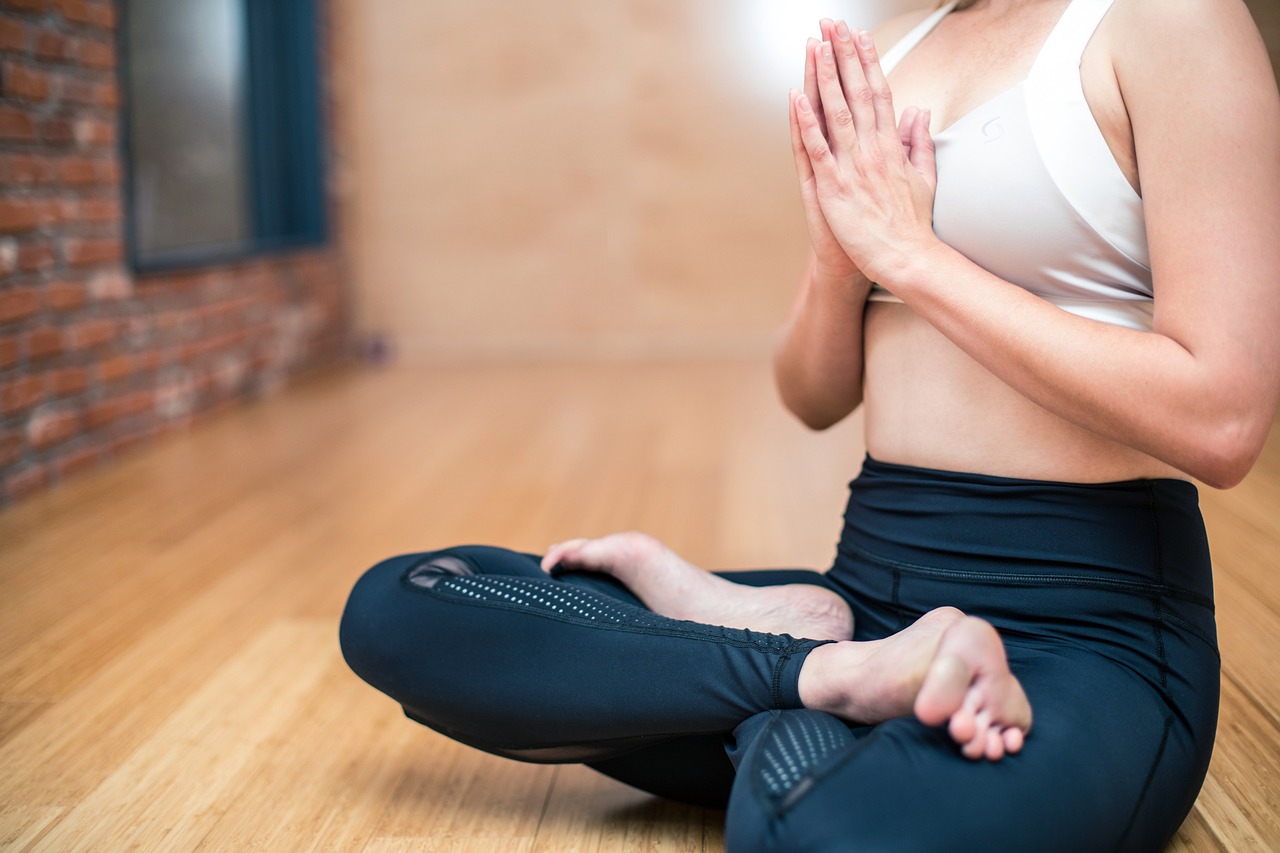Are you looking to elevate your beauty routine and achieve that radiant, healthy glow? Navigating the world of skincare and makeup can be overwhelming, but with a structured approach, you can create a personalized regimen that caters to your unique needs and helps you look and feel your best. This guide will walk you through essential steps, product recommendations, and practical tips to build an effective and enjoyable beauty routine.
Understanding Your Skin Type
Identifying Your Skin Type
Knowing your skin type is fundamental to choosing the right products and treatments. Common skin types include:
- Normal: Balanced moisture levels, few imperfections.
- Dry: Prone to flakiness, tightness, and potential irritation.
- Oily: Characterized by excess sebum production, shine, and potential breakouts.
- Combination: A mix of oily (usually the T-zone) and dry areas.
- Sensitive: Easily irritated, prone to redness and reactions.
A simple way to assess your skin type is to wash your face with a gentle cleanser and observe how it feels after 30 minutes. If it feels tight and dry, you likely have dry skin. If it’s shiny all over, you probably have oily skin.
The Importance of a Skin Analysis
Consider getting a professional skin analysis. Dermatologists or estheticians can accurately determine your skin type and identify specific concerns such as acne, hyperpigmentation, or aging signs. This can help you tailor your beauty routine for optimal results.
- Benefits of a Skin Analysis:
Accurate identification of your skin type.
Early detection of potential skin issues.
Personalized product recommendations.
Building Your Core Skincare Routine
Cleansing
Cleansing removes dirt, oil, and makeup, preventing clogged pores and breakouts.
- Morning: Use a gentle cleanser to refresh your skin.
- Evening: Double cleanse – first with an oil-based cleanser to remove makeup and sunscreen, followed by a water-based cleanser to deeply cleanse pores.
- Example: For dry skin, try a hydrating cream cleanser. For oily skin, opt for a gel or foam cleanser.
Toning
Toning helps balance your skin’s pH levels and prepares it for subsequent products.
- Choose the right toner: Alcohol-free toners are generally preferred to avoid drying out the skin. Look for ingredients like hyaluronic acid for hydration or salicylic acid for acne-prone skin.
- Application: Apply toner after cleansing using a cotton pad or by gently patting it onto your skin.
- Example: A calming toner with chamomile is excellent for sensitive skin.
Serum Application
Serums are concentrated treatments that deliver potent ingredients to address specific skin concerns.
- Popular Serum Ingredients:
Vitamin C: Brightens skin, protects against free radicals.
Hyaluronic Acid: Hydrates and plumps the skin.
Retinol: Reduces wrinkles, improves skin texture (use at night).
Niacinamide: Minimizes pores, reduces redness.
- Example: Apply a vitamin C serum in the morning for antioxidant protection.
Moisturizing
Moisturizing hydrates the skin and creates a protective barrier.
- Choose a moisturizer based on your skin type: Lightweight lotions for oily skin, rich creams for dry skin.
- Don’t skip moisturizing: Even oily skin needs hydration! Dehydrated skin can overproduce oil, leading to breakouts.
- Example: Look for moisturizers containing ceramides, glycerin, or shea butter.
Sunscreen
Sunscreen is crucial for protecting your skin from harmful UV rays, preventing premature aging and skin cancer.
- Daily application is essential: Apply a broad-spectrum sunscreen with SPF 30 or higher every morning, even on cloudy days.
- Reapply every two hours: Especially if you’re outdoors or sweating.
- Example: Consider a lightweight, non-comedogenic sunscreen to prevent clogged pores. Physical sunscreens containing zinc oxide or titanium dioxide are great options.
Incorporating Weekly Treatments
Exfoliation
Exfoliation removes dead skin cells, revealing smoother, brighter skin.
- Types of Exfoliation:
Physical Exfoliants: Scrubs, brushes. Use gently to avoid irritation.
Chemical Exfoliants: AHAs (glycolic acid, lactic acid), BHAs (salicylic acid).
- Example: Use a gentle enzyme peel once a week for sensitive skin. Those with oily skin can use a BHA exfoliant 2-3 times a week.
Masks
Masks provide targeted treatments for various skin concerns.
- Types of Masks:
Clay Masks: Absorb excess oil, ideal for oily skin.
Hydrating Masks: Replenish moisture, great for dry skin.
Brightening Masks: Reduce hyperpigmentation, even skin tone.
- Example: Use a hydrating sheet mask after exfoliating for extra hydration.
Makeup Application Essentials
Primer
Primer creates a smooth canvas for makeup application and helps it last longer.
- Choose a primer based on your skin type: Mattifying primers for oily skin, hydrating primers for dry skin.
- Application: Apply a thin layer of primer after your moisturizer.
- Example: A silicone-based primer can help fill in fine lines and pores.
Foundation
Foundation evens out skin tone and provides coverage.
- Choose the right foundation: Consider your skin type and desired coverage.
- Application: Use a brush, sponge, or your fingers to blend the foundation evenly.
- Example: A lightweight BB cream or tinted moisturizer is ideal for a natural look.
Concealer
Concealer covers blemishes, dark circles, and imperfections.
- Choose a concealer that matches your skin tone: Or slightly lighter for brightening.
- Application: Apply concealer to areas that need extra coverage and blend well.
- Example: Use a color-correcting concealer to neutralize redness or dark circles.
Setting Powder
Setting powder helps set your makeup and control shine.
- Types of Setting Powder: Loose powder, pressed powder.
- Application: Apply powder to areas that tend to get oily, such as the T-zone.
- Example: Use a translucent setting powder to avoid adding color to your makeup.
Finishing Touches
Adding finishing touches like blush, bronzer, and highlighter can enhance your features.
- Blush: Adds a flush of color to your cheeks.
- Bronzer: Adds warmth and definition.
- Highlighter: Adds radiance to the high points of your face.
- Example: Apply blush to the apples of your cheeks, bronzer to the hollows of your cheeks, and highlighter to your cheekbones.
Adapting Your Routine Seasonally
Summer
- Lightweight Products: Switch to lighter moisturizers and foundations.
- Increased Sun Protection: Reapply sunscreen more frequently.
- Hydration: Drink plenty of water to keep your skin hydrated from the inside out.
Winter
- Richer Moisturizers: Use thicker creams and oils to combat dryness.
- Humidifier: Use a humidifier to add moisture to the air.
- Gentle Cleansers: Avoid harsh cleansers that can strip your skin of moisture.
Conclusion
Creating a successful beauty routine is about understanding your skin’s unique needs and adapting your approach accordingly. By following the steps outlined in this guide – from identifying your skin type and building a core skincare routine to incorporating weekly treatments and adjusting seasonally – you can achieve healthy, radiant skin and enhance your natural beauty. Remember to be patient, consistent, and enjoy the process of discovering what works best for you. Your skin will thank you!




